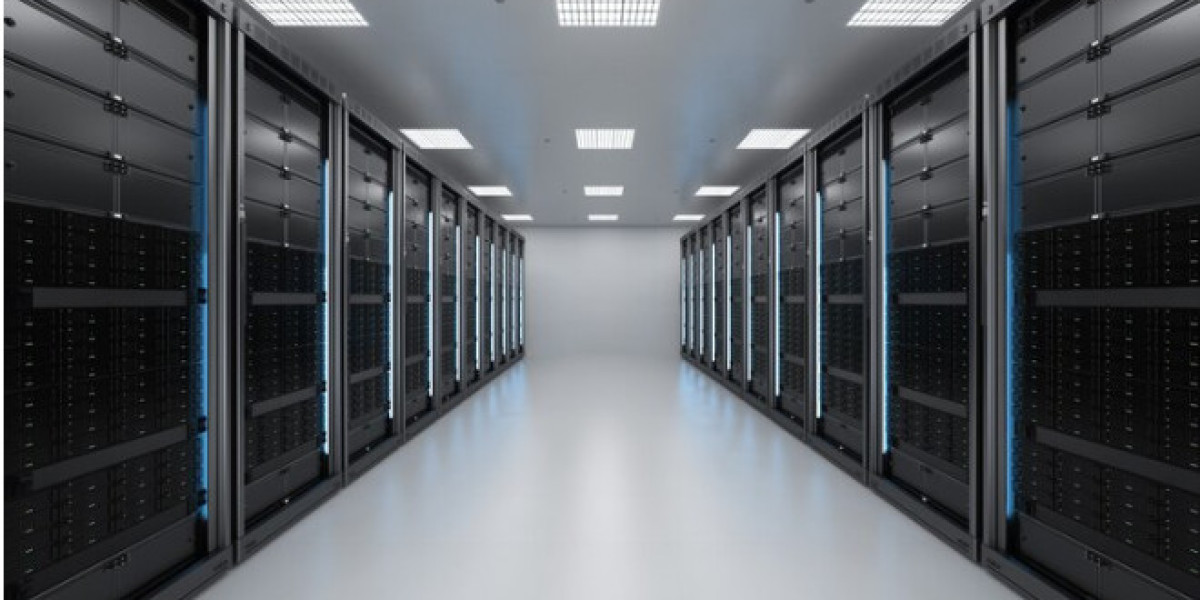The landscape of data storage has undergone a profound transformation with the advent of Network-Attached Storage (NAS) systems. Far more than mere hard drives on a network, NAS systems embody the convergence of advanced technology, business-critical demands, and the growing necessity for efficient management of burgeoning datasets.
In this comprehensive exploration, we will dissect the multifaceted role NAS systems play in the contemporary tech ecosystem. We’ll traverse the latest advancements in NAS technology, the pivotal challenges they are up against, and we'll peer into a future where NAS systems are central to the evolution of data management and business operations.
What is NAS, and What Does it Do?
At its core, a NAS system is a networked file storage device that expands the capacity of your network. It provides shared storage to multiple users and disparate client devices. This server connects to a network, enabling data access to various network clients.
The functionality of NAS is rooted in scalability and simplicity. It includes the ability to add or swap out additional hard drives for expanded capacity and data redundancy, often with hot swappable bays. This makes NAS system an ideal solution for businesses and homes with multiple users or devices that need to store and access data efficiently and securely.
The Need for Speed and Capacity: NAS Technological Advancements
The demand for NAS systems is continually increasing in line with escalating data usage rates. To meet this demand, NAS has advanced in several key areas.
- Speeds:
Modern NAS systems now support multi-gigabit Ethernet connections as standard, with some even incorporating 10-gigabit speeds for high-performance data transfer. This is essential in environments where large files need to be accessed and shared quickly, such as in video production.
- Capacity:
The capacity of NAS drives has escalated dramatically, with individual hard drives now exceeding 20 TB. When arrays of these drives are combined, total capacities in the petabyte range are not uncommon in enterprise scenarios.
- Efficiency:
Power efficiency is a growing concern for all technological systems, and NAS is no exception. Manufacturers are developing systems with low-power consumption profiles and even 'green' drives that maximize storage while minimizing energy usage.
The Business Case for NAS
NAS systems are the backbone of many businesses' data strategies, critical for both storage and data backup. They enable secure file sharing, manage complex data workflows, and facilitate remote access to the growing mobile workforce.
For small- to medium-sized businesses, NAS provides an accessible solution to data-centralization needs, backed by reliability and redundancy in case of disk failure. Large corporations integrate NAS within complex arrays of storage solutions, ensuring high-availability data, disaster recovery preparedness, and regulatory compliance.
The personal use of NAS is equally compelling. Home offices, photographers, and content creators rely on NAS to store, share, and stream media across various devices. The system also enhances the personal cloud experience, offering a secure, private data repository that can be accessed from anywhere.
Navigating the Digital Tides: Challenges Faced by NAS Systems
Despite the strides in advancements, NAS systems are not untouched by challenges. These range from security concerns and performance bottlenecks to compatibility issues with emerging technologies.
- Security:
The issue of data security remains front and center for NAS systems. Network attacks are more sophisticated, and the value of the information stored on NAS drives has never been higher. Mitigating this risk involves robust security protocols, regular updates, and user education.
- Performance Bottlenecks:
As workloads grow heavier, the demand for quicker data access increases. NAS systems must contend with potential bottlenecks, particularly when multiple clients access the NAS concurrently. To address this, system architects are deploying more sophisticated caching techniques to ensure smooth data access.
- Emerging Tech Compatibility:
New technologies often bring with them new standards and formats, which NAS systems must rapidly adapt to. This transition can be challenging, particularly in legacy systems that are not inherently designed to be easily upgraded.
The NAS of Tomorrow: Emerging Trends and Predictions
Looking ahead, several nascent trends in NAS technology are set to redefine the system's role in future data paradigms. Cloud integration, containerization, and the increasing prevalence of AI-driven analytics are poised to make NAS more versatile and indispensable.
- Cloud Integration:
Hybrid cloud storage solutions are becoming more prevalent, allowing NAS systems to seamlessly integrate with cloud storage. This offers the flexibility of on-demand scalability without compromising the benefits of local data storage and control.
- Containerization and Virtualization:
Container technologies are making inroads into the storage domain, simplifying application deployment and data management across various platforms. NAS virtualization facilitates this shift, ensuring that data remains fluid and accessible within containerized environments.
- AI-Optimized Storage:
The introduction of AI and machine learning in storage management is a game-changer for optimizing data performance. Predictive analytics and automated capacity scaling based on usage patterns are just the beginning of AI's potential in NAS systems.
From Concept to Reality: NAS in Action
To illustrate the practical application of NAS systems, consider the following case studies.
- Business Continuity and Data Protection:
A regional financial institution uses robust NAS solutions to ensure business continuity through data replication and backup. The system not only secures sensitive financial data but also ensures its availability across multiple branches.
- Media and Entertainment:
A post-production house leverages high-speed NAS systems to edit, store, and distribute massive video files. With a combination of storage arrays and caching techniques, the company can handle complex projects with tight deadlines.
Choosing the Right NAS System for Your Needs
Selecting the appropriate NAS is a critical decision, and several factors need to be considered.
- Scalability:
Your NAS should be able to grow with your needs. Look for systems that allow you to add additional drives or expand storage through compatible expansion units.
- Redundancy:
Data integrity is paramount. Ensure that the NAS system supports RAID configurations for redundancy and data protection.
- Performance:
Consider your use case and the practical requirements for read/write speeds. Business-critical applications may need faster performance than a home user's media storage and playback requirements.
- Budget:
NAS systems come in a wide range of prices. It's essential to balance the features you need with the budget you have available.
The Inexorable Role of NAS in Shaping Our Tech-Laden Future
In conclusion, the role of NAS is increasingly pivotal in the contemporary tapestry of technology. It is a conduit for data management efficiency, a bulwark against the tide of security threats, and a lynchpin in the evolution of storage methodologies.
The growth trajectory of NAS systems is set to continue, characterized by an unyielding quest for innovation amidst a sea of challenges. By understanding the current technological landscape and being mindful of the trends that lie ahead, businesses and individuals can harness the unmatched potential of NAS to take control of their data and chart a course for a more streamlined, productive future.








